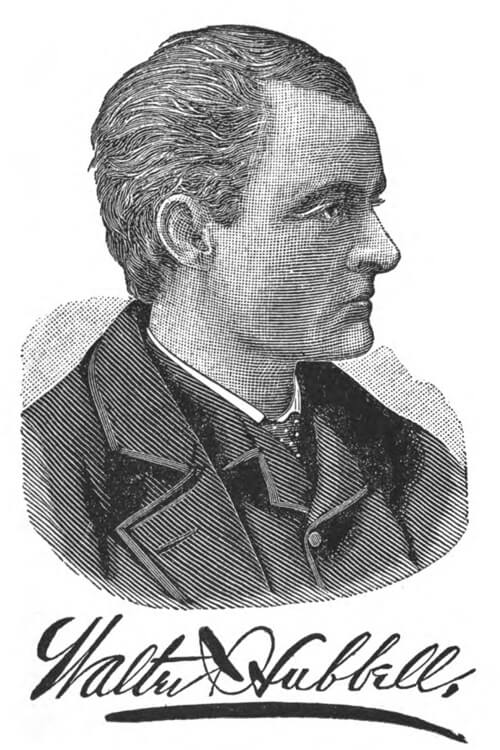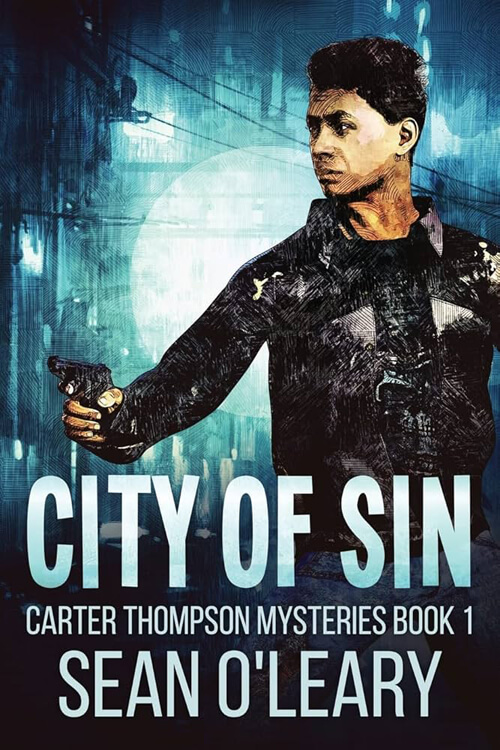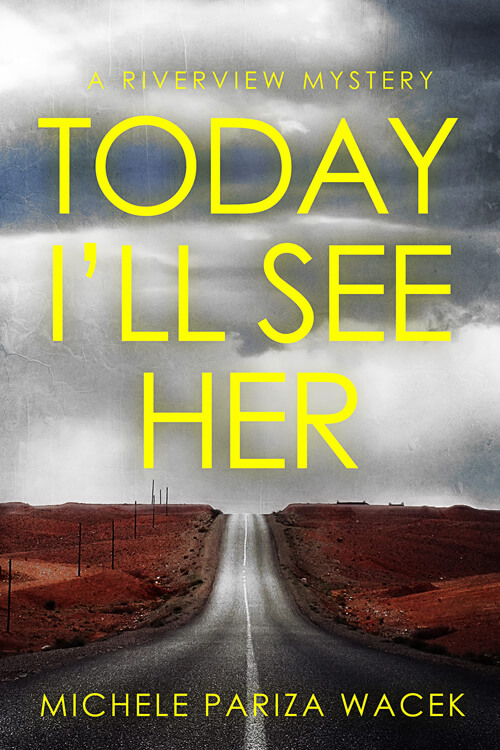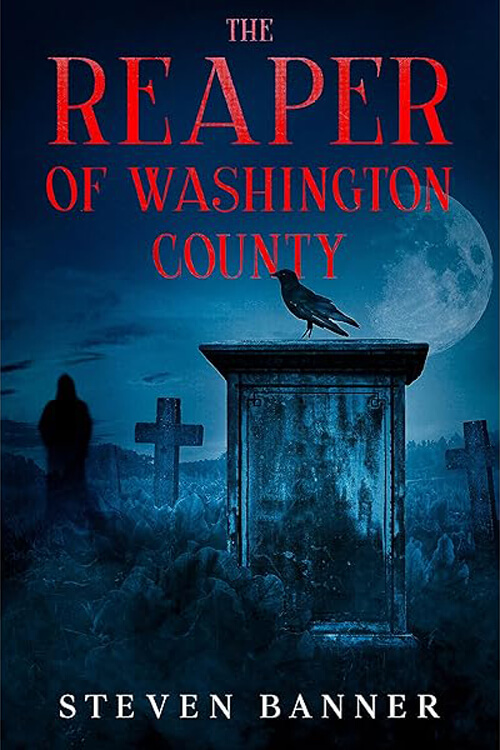
Walter Hubbell
Hubbell’s book was published in 1879 and proved popular, selling at least 55,000 copies. The Amherst case was also investigated by the British paranormal researcher Hereward Carrington, who took statements from surviving witnesses of the events in 1907 and published them, along with a detailed account of the case, in 1913. Other researchers looked at the case more critically than Hubbell: in particular, Dr. Walter F. Prince in the Proceedings of the American Society for Psychical Research (Vol XIII, 1919) made a detailed case for trickery by Esther Cox while in a dissociative state.
Biography.
Prince noted that Esther’s male friend who had attempted to rape her was Bob McNeal and the alleged poltergeist activities of “Bob Nickle” only began a week after the assault. Egon Larsen who summarized the evidence examined by Dr. Prince commented:
All the evidence collected by Dr. Prince seems to indicate that Esther was more than just unstable: that she was a psychopath suffering from symptoms of a split personality: that she, or rather part of her, played ‘poltergeist’: furthermore, that most so-called eyewitness accounts were of little scientific value; and that there was only one beneficiary of the whole fraud: Walter Hubbell… The most unreliable witness, naturally, is Hubbell himself; for what use would his book have been if it had not told of amazing occurrences? There is no corroboration by others of the incidents he claims to have observed, only his affidavit (reproduced on the cover of the 1888 edition) that he actually ‘saw and heard the phenomena as stated’.
Larson also wrote that Hubbell’s first edition of his book asserted that his story had been fully corroborated by the inhabitants of Amherst and from strangers from distant towns but there was no evidence for this because not a single statement was verified by any witness mentioned by name. Hubbell quoted from some newspapers but upon investigation, these turned out to be traced to Hubbell himself. Larson stated that Hubbell had embellished facts to make his book sell more copies and the book served as excellent publicity for his acting career. Larson also quoted a letter from Arthur Davison who admitted that Hubbell “painted the facts up to make the book sell”.





